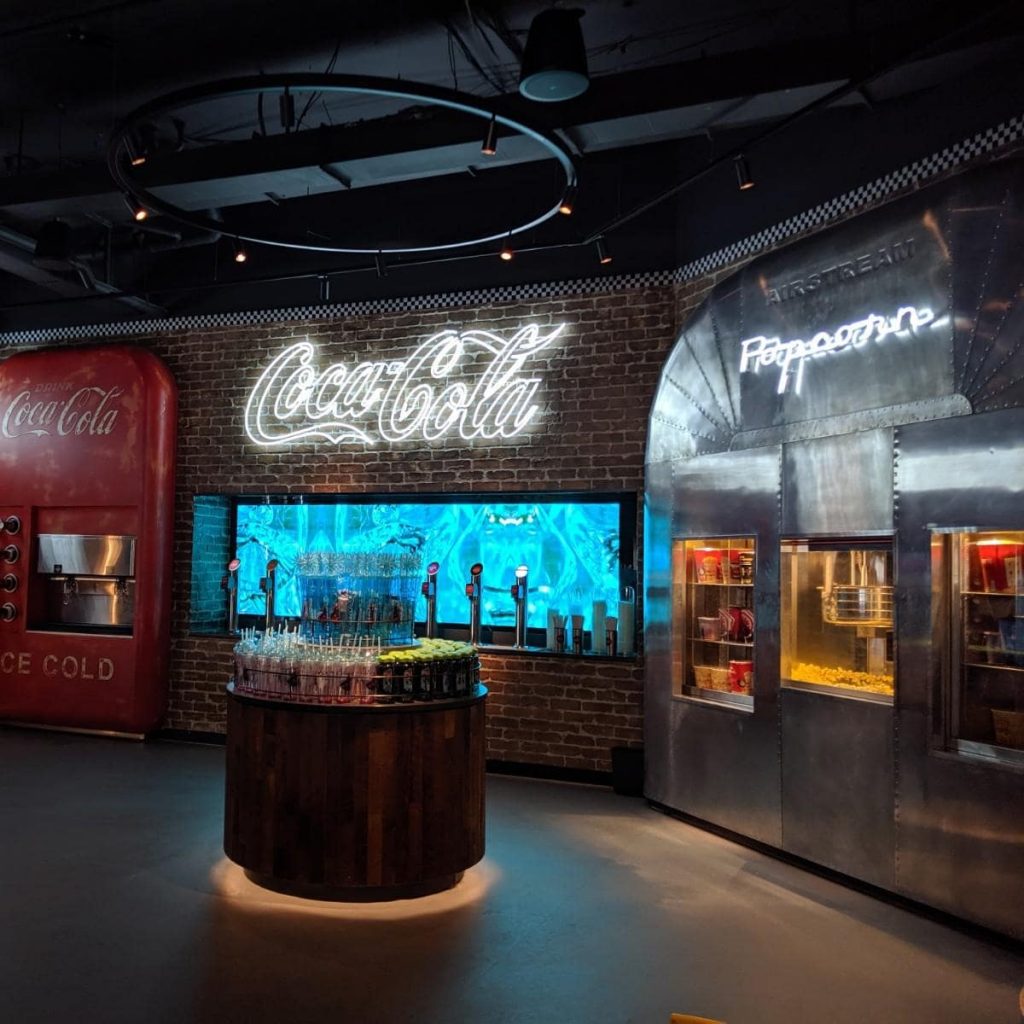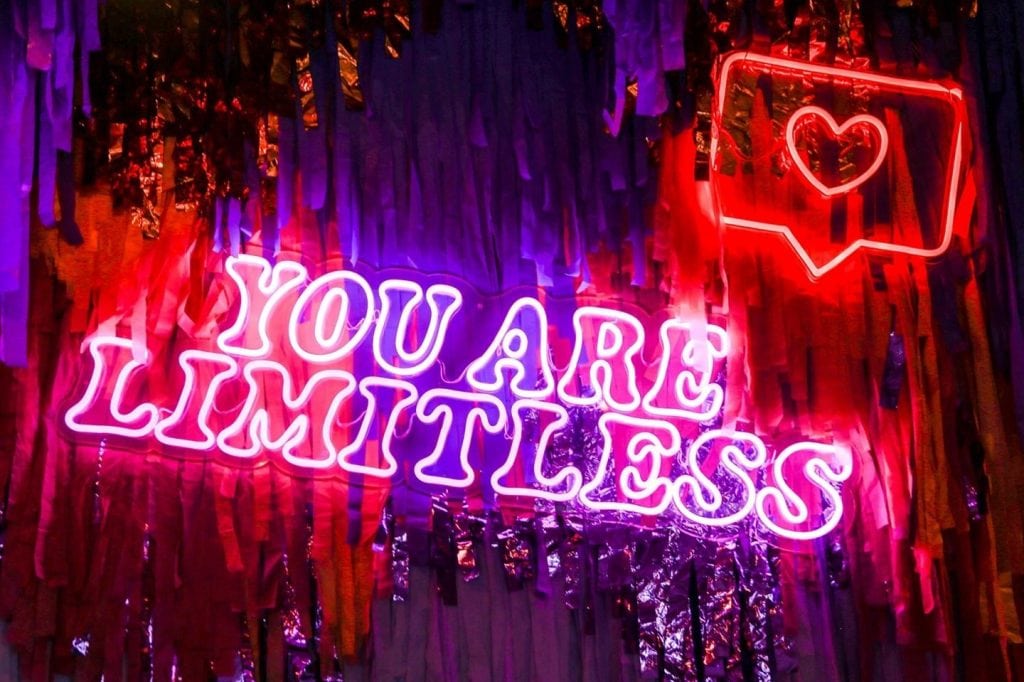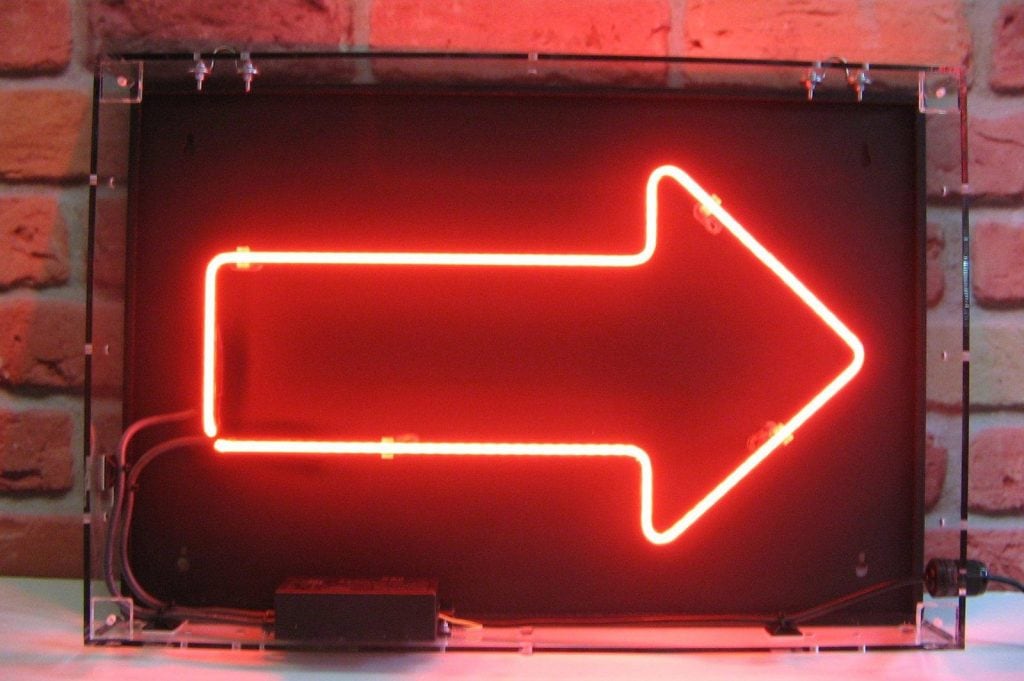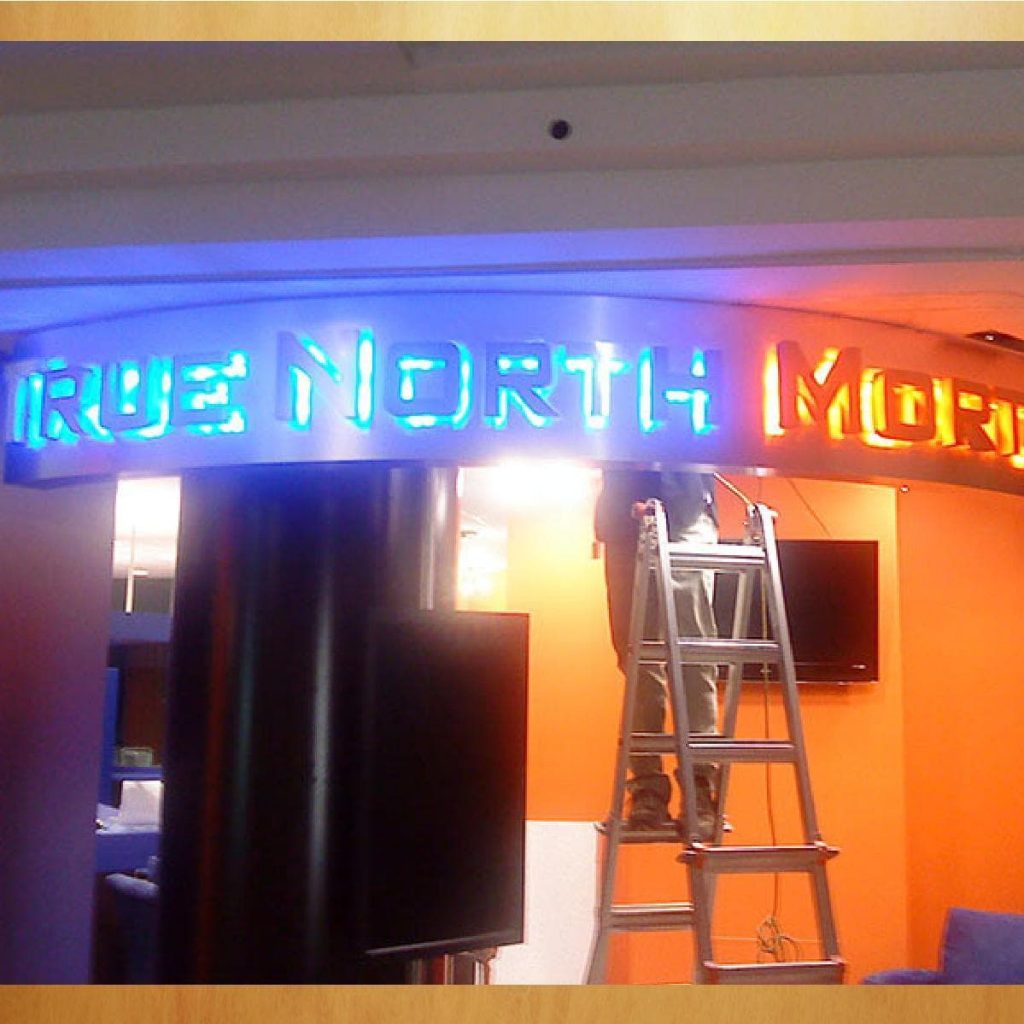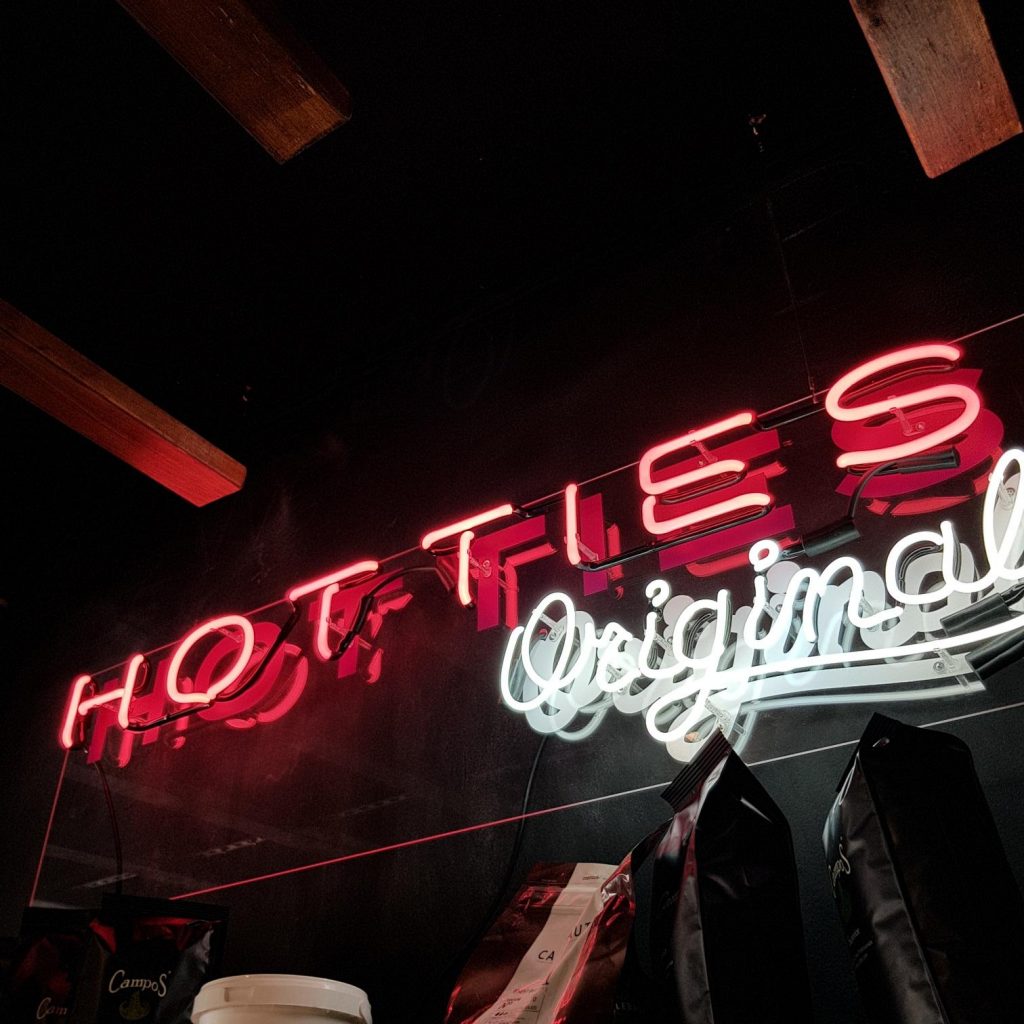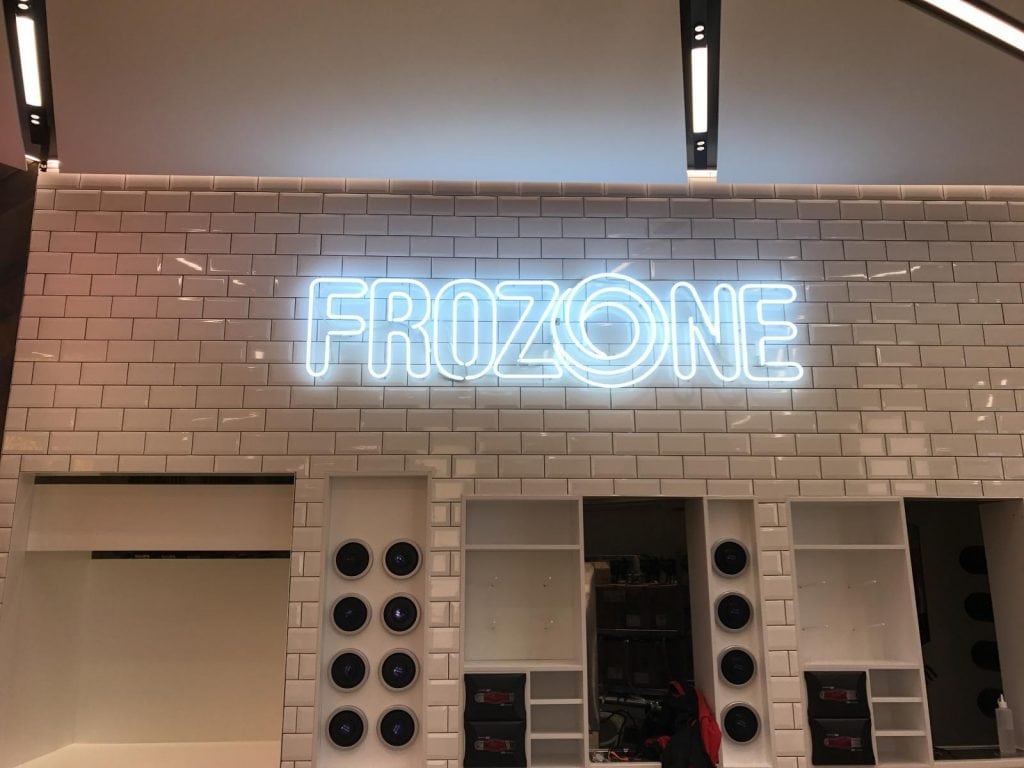There have been a number of game-changing innovations in the power industry's supply chain recently. Energy production innovations, rather than consumption, are more frequently covered in the media.
Consumer-wise, electric cars are a shining example; they are crucial in the movement away from fossil fuels. Those who anticipate climate change hope for this very thing.
On the other hand, in contrast to the power generation side of the business, which is segmented into six primary verticals (wind and ocean currents, petroleum and coal, solar, shale gas, hydro, and nuclear), the other end of the business can be segmented into several endpoints. Lighting is just one of these endpoints.
And with regard to lighting, this market is further segmented to include ordinary house illumination, lighting for roads and highways, neon signs for commercial advertising, and a variety of other options.
LED neon signs have become increasingly popular among business owners in recent years, creating a change in the market and presumably causing classic neon signs to lose some of their previous popularity. LED neon signs have many advantages over traditional neon signs, which are worth considering. LED neon signs save money in the long run since they require less power.
Understanding LED Lighting vs. Traditional Lighting Options
The amount of energy used is a good place to start when looking for ways to cut costs.
LED bulbs typically use about 150 watts of electricity. Comparatively, fluorescent and neon glass require between 400 and 610 watts of power.
LED lights use less energy because of how they are constructed, which may surprise you. The LEDs, which provide its illumination, are the primary consideration. As opposed to traditional light sources like incandescent bulbs, the energy needed to power these little parts is significantly lower.
Additionally, LED lights release significantly less energy as heat than incandescent and fluorescent bulbs. Most of the energy from both incandescent and fluorescent lamps is dissipated as heat.
Over the course of a twelve-hour period, LED lights use far less energy than other types of illumination, such as glass neon lights or fluorescent tubes.
LED Neon Signs Are Eco-friendly
Even after they have served their purpose, the disposal of Lead Emitting Diodes, also known as LEDs, does not contribute to environmental pollution. This is one reason why LEDs are considered to be environmentally friendly.
Because they can be recycled, light-emitting diodes (LEDs) have gained popularity among people who are concerned about the environment. Traditional neon signs, on the other hand, must be disposed of in a responsible manner because the mercury that is used in their production makes them potentially hazardous to the environment.
LEDs Are Extremely Energy Efficient
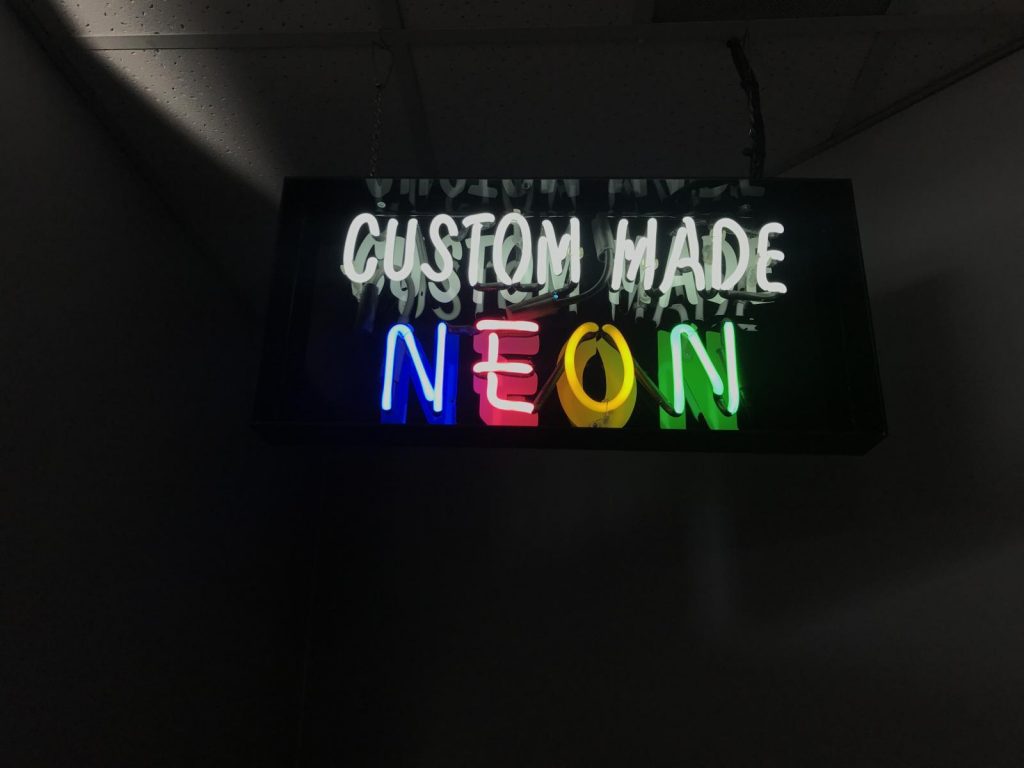
This is one of the main advantages of LED neon signs over conventional neon lighting. The average classic neon light, which is one foot in length, uses roughly 20 watts of power each hour. In contrast, an LED neon tube of the same length and thickness can consume as little as 1.2 watts over the same duration. When compared to conventional neon signs, LED neon lights use only a fifteenth of the energy.
Depending on the quantity of neon signs a company has shown for advertising purposes, this could result in significant cost savings.
One reason why LED (Light Emitting Diode) neon signs are gaining in popularity is because LED (Light Emitting Diode) technology is so efficient. LED lights are more cost-effective and ecologically friendly than classic neon signs and other lighting technologies since they utilise a fraction of the energy.
In order for an LED to function, electricity must be run through a semiconductor, which subsequently gives out light.
Light is produced by passing an electrical current through a gas-filled glass tube in conventional neon signs, however this method uses a lot less power. Because of this, LED neon signs are more eco-friendly because they use less power than conventional neon signs (by as much as 80%).
Because they consume less power, LED neon signs are safer to have around because of the reduced risk of fire. Because of their extended lifespan, LED neon signs also help the environment by lowering the frequency with which they need to be replaced.
In a nutshell, LED neon signs are more eco-friendly than conventional neon signs due to the increased efficiency of the former technology. LED neon signs are a cost-effective and environmentally responsible option for businesses and people wishing to make eye-catching and effective signage since they use less energy, produce less heat, and last longer than traditional neon signs.
LED Neon Lights Outlast Conventional Neon Lights
About 30,000 hours is the typical amount of time that a traditional neon sign will remain lit.
This is significantly less than what can be achieved with LED neon signage. The typical lifespan of an LED neon sign is greater than 100,000 hours, which is equivalent to more than 11 years.
Because they produce so little heat, they are significantly less hazardous to work with.
On the other hand, classic neon signs have the potential to grow very hot rapidly when they are turned on, and they also carry a greater danger of producing an electric shock.
The production sector is not the only part of the power business that has been undergoing change in recent years. As businesses strive to develop methods of energy consumption that are the most economical, the consumer market continues to catch up with technological advancements and adapt to new innovations.
In addition, as was previously said in this article, LED neon signs offer an intriguing prospect from a commercial point of view because they are both energy-efficient and, more importantly, friendly to the environment.
Benefits of Using Modern, Sustainable Neon Lights
Light Energy Source:
Let's start by looking into both traditional and cutting-edge lighting options. Older types of glass neon lights often use an incandescent bulb, which has a significantly shorter lifespan than LED at only a few thousand hours, making LED the superior light source. Indeed, it's the best choice if you want a neon sign that will last for years.
Flex lights have a lifespan of 30,000 hours, which is three times that of their glass counterparts at 10,000 hours. As a result, the Flex lights have a longer lifespan, estimated at roughly 30,000 hours.
Voltage:
In the industry, a common glass neon light has an input voltage that ranges from 3 kilovolts to 18 kilovolts, while a common Silicon LED neon light has 24 volts or 120 volts. Having said that, silicon neon has a voltage range that is considered to be average for the majority of its users, which makes it a safer and more easily accessible option for everyone.
The LED neon light operates at 24V, and it emits just a moderate amount of heat, making it simple and risk-free for the user to manipulate.
Brightness:
When compared to the conventional gas glass neon signs, the brightness of LED neon is significantly higher. The light output of LED neon is at least 5 to 6% higher. Because of this, LED neon signage is able to shine out even more than traditional gas glass neon.
Materials:
Silicon LED lights are superior to their glass neon counterparts because silicon is flexible and robust, whereas glass neon is brittle and readily breaks.
In addition, LED silicon may be easily fashioned into a wide range of designs, including shapes, inscriptions, pictures, and even GIF forms that give the impression of motion.
LED neon light is extremely malleable and can be fashioned into almost any form. Glass neon, on the other hand, must be developed by a skilled craftsman who specialises in neon production, and the shapes that are being generated are not always the same as the product that the customer wants.
Silicon LED light is significantly more cost-effective than glass neon light, which is also pricey for the buyer to acquire.
Environmental Impact:
The glass neon light would have more of a detrimental impact on the environment and the worker making it than a modern neon light.
Mercury, released during the melting process of glass neon lights, poses a risk of metal poisoning for the craftsman who is exposed to the neon throughout the making process.
Calculating Your Commercial LED Sign's Power Consumption
Read on for some numbers to help you estimate how much juice your outdoor LED sign will need.
- One must first be aware of the cost per kilowatt hour. Either your local utility or an internet search should yield the necessary details.
- Calculate the wattage requirements of the LED bulbs. The manufacturer is the usual source for such details.
- The next step is to calculate how long your sign will be on.
- This is the correct form of the final equation: Calculating the price of electricity involves multiplying the kilowatt-hours (kW-h) of power usage by the rate per kW times the total number
Save Money and the Environment
In the end, you'll see that LED lights save money for your business because they use so much less energy. It's possible that you could save several hundred dollars every year and several thousand dollars throughout the lifetime of your sign, depending on the local cost of electricity.
In addition to financial benefits, you will also enjoy the following:
- Help the environment by reducing the amount of carbon dioxide released into the air by running your sign on less power.
- Since LED bulbs don't use toxic materials, they won't contribute to environmental degradation.
- Since LED lights can last anywhere from three to ten times as long as other lighting options, you can avoid wasting the materials and energy often put into making and replacing them.
- Recycling is an option for LED light bulbs.
The use of light-emitting diodes (LEDs), sometimes known as LED neon flex, is a contemporary and environmentally-friendly alternative to conventional neon signs. LED neon signs use low-voltage, energy-efficient diodes to emit light, whereas classic neon signs produce light through the use of gases and high-voltage electrical currents.
Because they use less power and produce less heat, LED neon signs are a better option for the environment than their conventional counterparts.
LED neon signs use up to 80% less electricity than conventional neon signs, making them a more economical and sustainable choice. LED neon signs can last up to 50,000 hours or more, making them more cost-effective in the long run than traditional neon signs, which need to be replaced more frequently.
Safer and more long-lasting than the glass tubes used in conventional neon signs, LED neon signs are built from eco-friendly materials like flexible plastic and silicone.
By making use of flexible materials, LED neon signs are more durable and less likely to break.
Unlike conventional neon signs, LED neon signs are less of a hassle to recycle and dispose of. LED neon signs are made from non-hazardous materials, so they are better for the environment and can be recycled more easily.
Additionally, due to their energy efficiency, LED neon signs produce less heat and do not contain dangerous elements like mercury or lead, hence lowering the risk of environmental contamination.
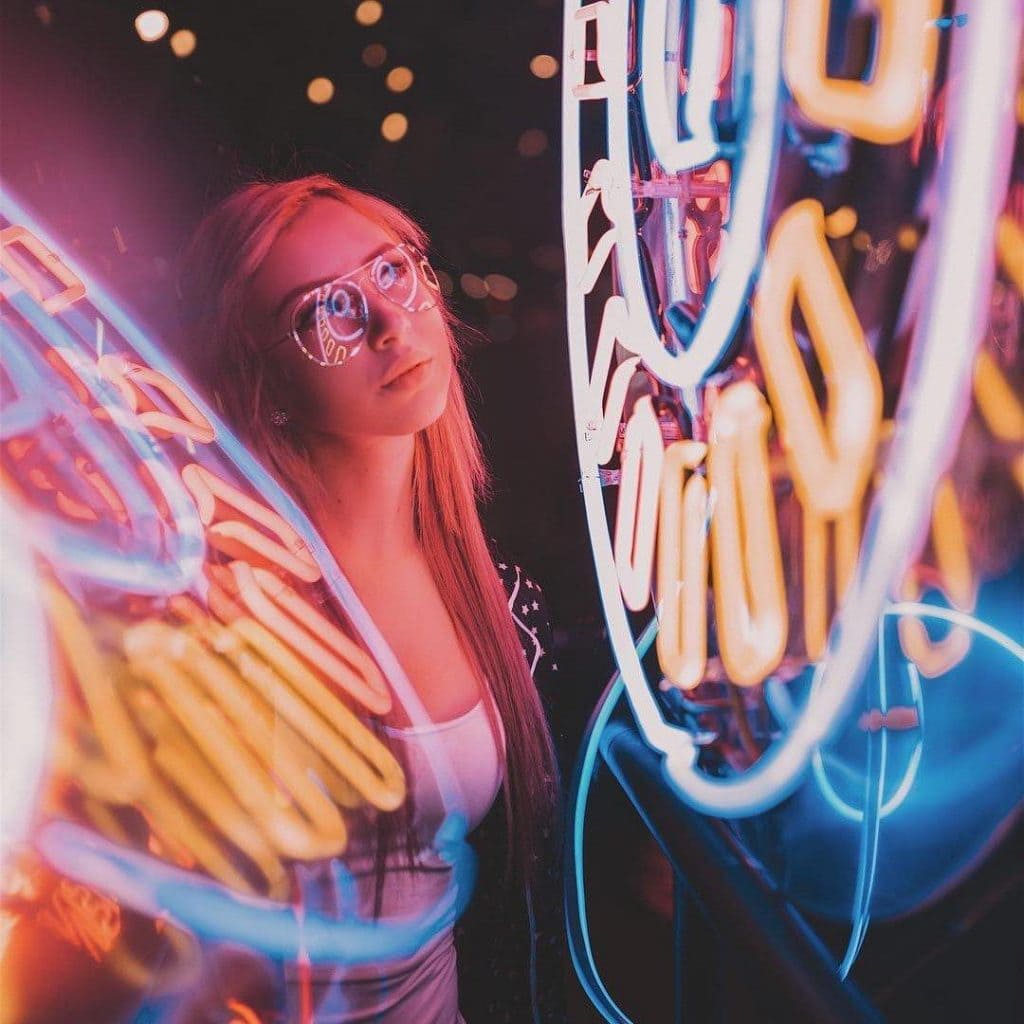
Overall, LED neon signs are a greener option than their old counterparts. They generate less heat and hazardous waste, use less energy overall, last longer, are better for the environment, and are more easily recycled and disposed of. In order to save money, aid the environment, and lower their carbon footprint, businesses should switch to LED neon signs.
Conclusion
There has been a shift in the market away from traditional neon signs and towards LED neon signs as they have become increasingly popular among business owners in recent years. LED neon signs save money in the long run compared to traditional neon signs because they consume less power and produce less heat than incandescent and fluorescent lamps.
LED neon signs are growing in popularity as people realise their eco-friendliness and low energy consumption.
They are safer to have around because of the reduced risk of fire and use less electricity than traditional neon signs.
The reduced need for maintenance and replacement that comes with using LED neon signs is another way in which they benefit the planet.
Businesses and individuals looking to create eye-catching and effective signage can do so with minimal financial and environmental impact by using LED neon signs. With a typical lifespan of 100,000 hours, they outlast traditional neon signs while consuming less energy, producing less heat, and providing a more stable display.
In addition to being environmentally friendly and efficient, they also pose less of a risk to workers.
If you need a neon sign that will last for years, consider an LED version instead. The 30,000-hour lifespan of flex lights is three times that of their 10,000-hour glass counterparts.
The lifespan of LED lights is three to ten times that of conventional bulbs, and they can be recycled. Because they use low-voltage, energy-efficient diodes to emit light, LED neon signs are a greener alternative to traditional neon signs.
They can last up to 50,000 hours or more while using up to 80% less electricity than traditional neon signs.
Environmentally friendly materials like bendable plastic and silicone are used in their construction, making them safer and lasting longer than the glass tubes used in traditional neon signs.
LED neon signs are made from non-hazardous components, making recycling and disposal much simpler. They are more convenient to recycle and dispose of, produce less heat and hazardous waste, require less energy overall, last longer, and benefit the environment.
Content Summary
- LED neon signs have become increasingly popular among business owners in recent years, creating a change in the market and presumably causing classic neon signs to lose some of their previous popularity.
- LED neon signs have many advantages over traditional neon signs, which are worth considering.
- LED neon signs save money in the long run since they require less power.
- The amount of energy used is a good place to start when looking for ways to cut costs.
- Additionally, LED lights release significantly less energy as heat than incandescent and fluorescent bulbs.
- When compared to conventional neon signs, LED neon lights use only a fifteenth of the energy.
- LED lights are more cost-effective and ecologically friendly than classic neon signs and other lighting technologies since they utilise a fraction of the energy.
- Because of this, LED neon signs are more eco-friendly because they use less power than conventional neon signs (by as much as 80%).
- LED neon signs are more eco-friendly than conventional neon signs due to the increased efficiency of the former technology.
- LED neon signs are a cost-effective and environmentally responsible option for businesses and people wishing to make eye-catching and effective signage since they use less energy, produce less heat, and last longer than traditional neon signs.
- The typical lifespan of an LED neon sign is greater than 100,000 hours, which is equivalent to more than 11 years.
- In addition, as was previously said in this article, LED neon signs offer an intriguing prospect from a commercial point of view because they are both energy-efficient and, more importantly, friendly to the environment.
- Indeed, it's the best choice if you want a neon sign that will last for years.
- Having said that, silicon neon has a voltage range that is considered to be average for the majority of its users, which makes it a safer and more easily accessible option for everyone.
- When compared to the conventional gas glass neon signs, the brightness of LED neon is significantly higher.
- Calculate the wattage requirements of the LED bulbs.
- Calculating the price of electricity involves multiplying the kilowatt-hours (kW-h) of power usage by the rate per kW times the total number
- In the end, you'll see that LED lights save money for your business because they use so much less energy.
- It's possible that you could save several hundred dollars every year and several thousand dollars throughout the lifetime of your sign, depending on the local cost of electricity.
- Recycling is an option for LED light bulbs.
- Because they use less power and produce less heat, LED neon signs are a better option for the environment than their conventional counterparts.
- Safer and more long-lasting than the glass tubes used in conventional neon signs, LED neon signs are built from eco-friendly materials like flexible plastic and silicone.
- By making use of flexible materials, LED neon signs are more durable and less likely to break.
- Unlike conventional neon signs, LED neon signs are less of a hassle to recycle and dispose of.
- LED neon signs are made from non-hazardous materials, so they are better for the environment and can be recycled more easily.
- Overall, LED neon signs are a greener option than their old counterparts.
- They generate less heat and hazardous waste, use less energy overall, last longer, are better for the environment, and are more easily recycled and disposed of.
- In order to save money, aid the environment, and lower their carbon footprint, businesses should switch to LED neon signs.
FAQs About LED Neon Signs
LED Neon signs are extremely long-lasting, and their 100,000-hour lifespan guarantees that they are the superior form of illuminated signage.
Due to their lower voltage, LED neon signs remain comfortably cool to the touch. In comparison to traditional neon, which wastes a lot of power as heat rather than light, LED neon signs use less electricity because they don't get hot.
Neon signs pose a safety risk if they aren't maintained, despite their aesthetic appeal. Damage from shattered glass, electric shock, or fire are all examples of the dangers that could arise.
It's best to unplug it before you give it a good soaking to clean it thoroughly. In a separate container, combine half a cup of water with half a cup of regular ammonia. You can use this solution to gently wipe away any dust or dirt that has accumulated on your sign by dampening an absorbent cloth with it and wiping it down.
Neon signs, contrary to popular belief, should be kept plugged in at all times, except when being cleaned or repaired. In the long run, leaving your neon sign on will save you money on replacement costs for the transformer that powers it because it will be on less often.


